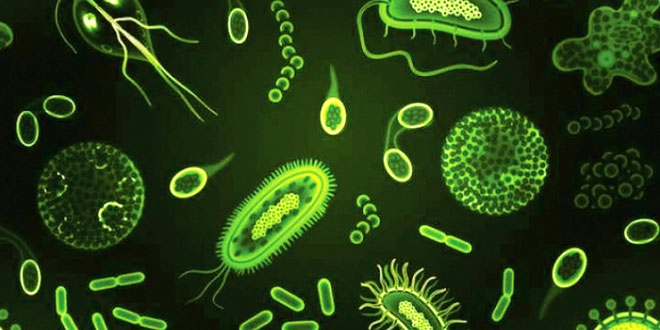Question: Explain how animals in Vertebrata are classified into further subgroups.
Answer: Vertebrata is divided into two superclasses, viz. Pisces and Tetrapoda. Animals of Pisces have streamlined body with fins and tails to assist in swimming. Animals of Tetrapoda have four limbs for locomotion.
Tetrapoda is further classified into following classes:
- Amphibia: Are adapted to live in water and on land. Can breathe oxygen through skin when under water.
- Reptilia: These sire crawling animals. Skin is hard to withstand extreme temperatures.
- Aves: Forelimbs are modified into wings to assist in flying. Beaks are present. Body is covered with feathers.
- Mammalia: Mammary glands present to nurture young ones. Skin is covered with hair. Most of the animals are viviparous.
Question: Give the characteristics of Monera.
Answer:
- Organisms are unicellular, do not have a defined nucleus.
- Organisms may‘‘have cell wall or may not have cell wall.
- Mode of nutrition is either autotrophic or heterotrophic.
Question: Give the characteristics of Protista.
Answer:
- Organsims are unicellular and eukaryotic.
- Use appendages for locomotion like cilia, flagella, etc.
- Nutrition is either autotrophic or heterotrophic.
- E.g., algae, protozoa.
Question: Give the difference between thallophyta and bryophyta.
Answer:
Thallophyta: Body is thallus like not differentiated into root, stem. Example: Spirogyra.
Bryophyta: Plant Body is differentiated into stem and leaf like structures. Example: Moss.
Question: What are hermaphrodites? Give two examples.
Answer: When an organism has both the sexes, i.e., it can produce both sperms and eggs are called hermaphrodites. Example: Sponges, earthworms.
Question: Give the difference between monocots and dicots.
Answer:
Question: Give the difference between two types of symmetry that animals show.
Answer: Bilateral Symmetry: Any organism that has same design on left and right halves of the body. Example: Earthworm, spider, cockroach.
Radial Symmetry: Any organisms with a body design such that it can be divided into two equal halves from any radius. Example: Starfish sea urchin.
 Class Notes NCERT Solutions for CBSE Students
Class Notes NCERT Solutions for CBSE Students



